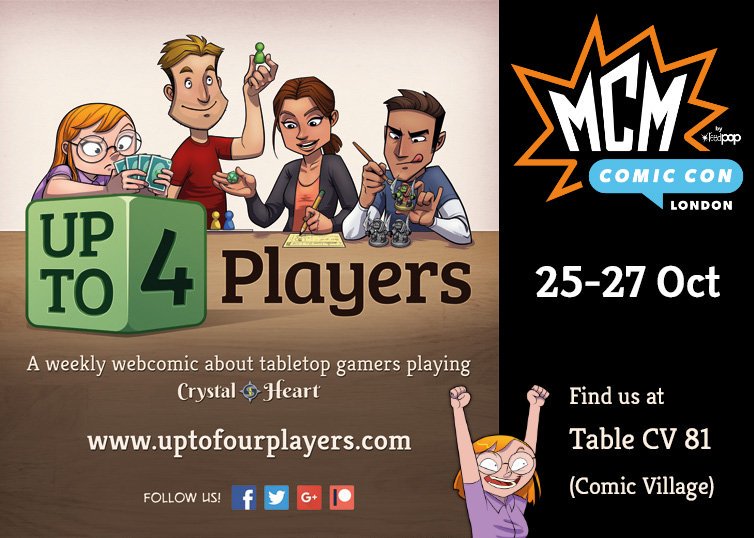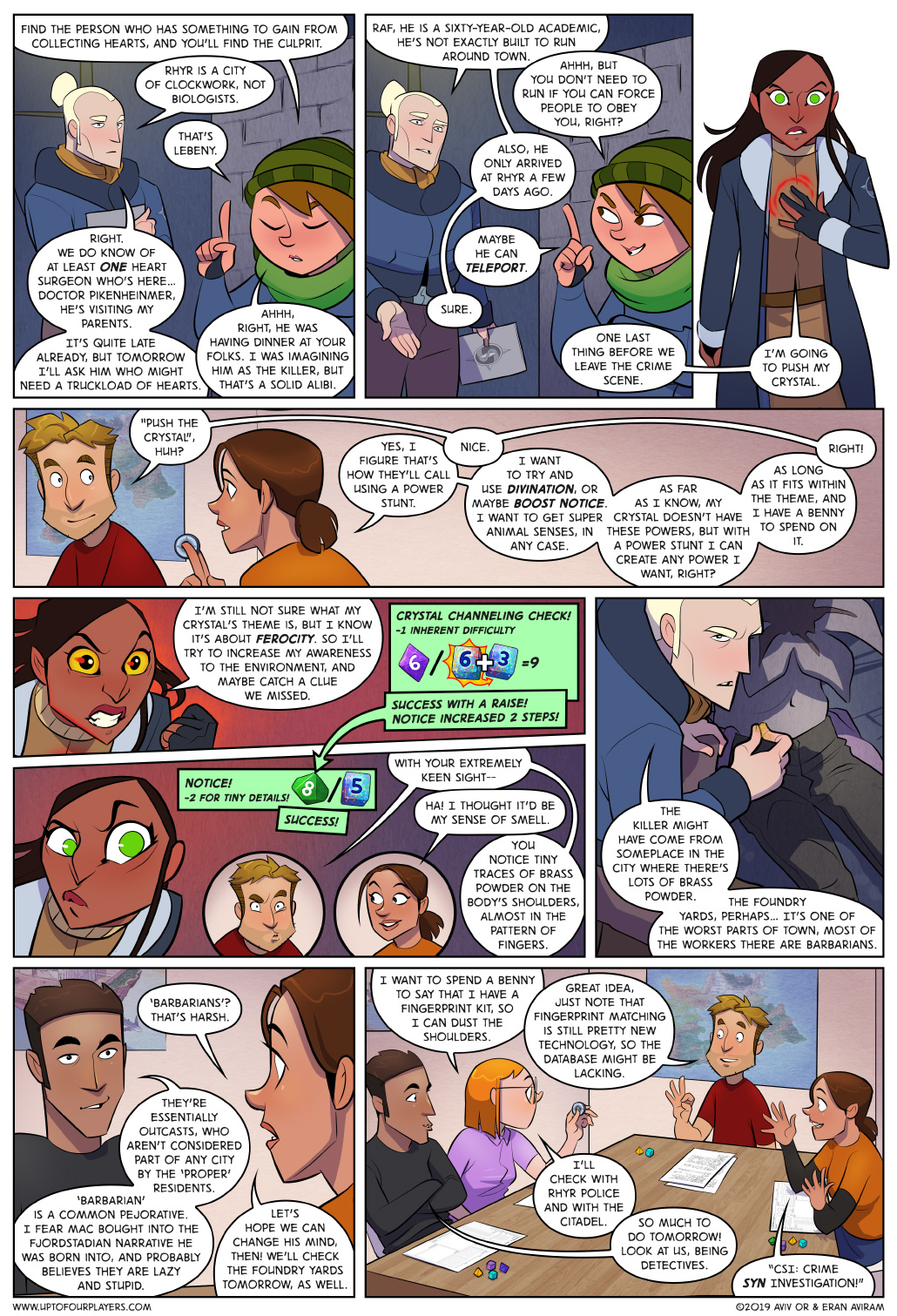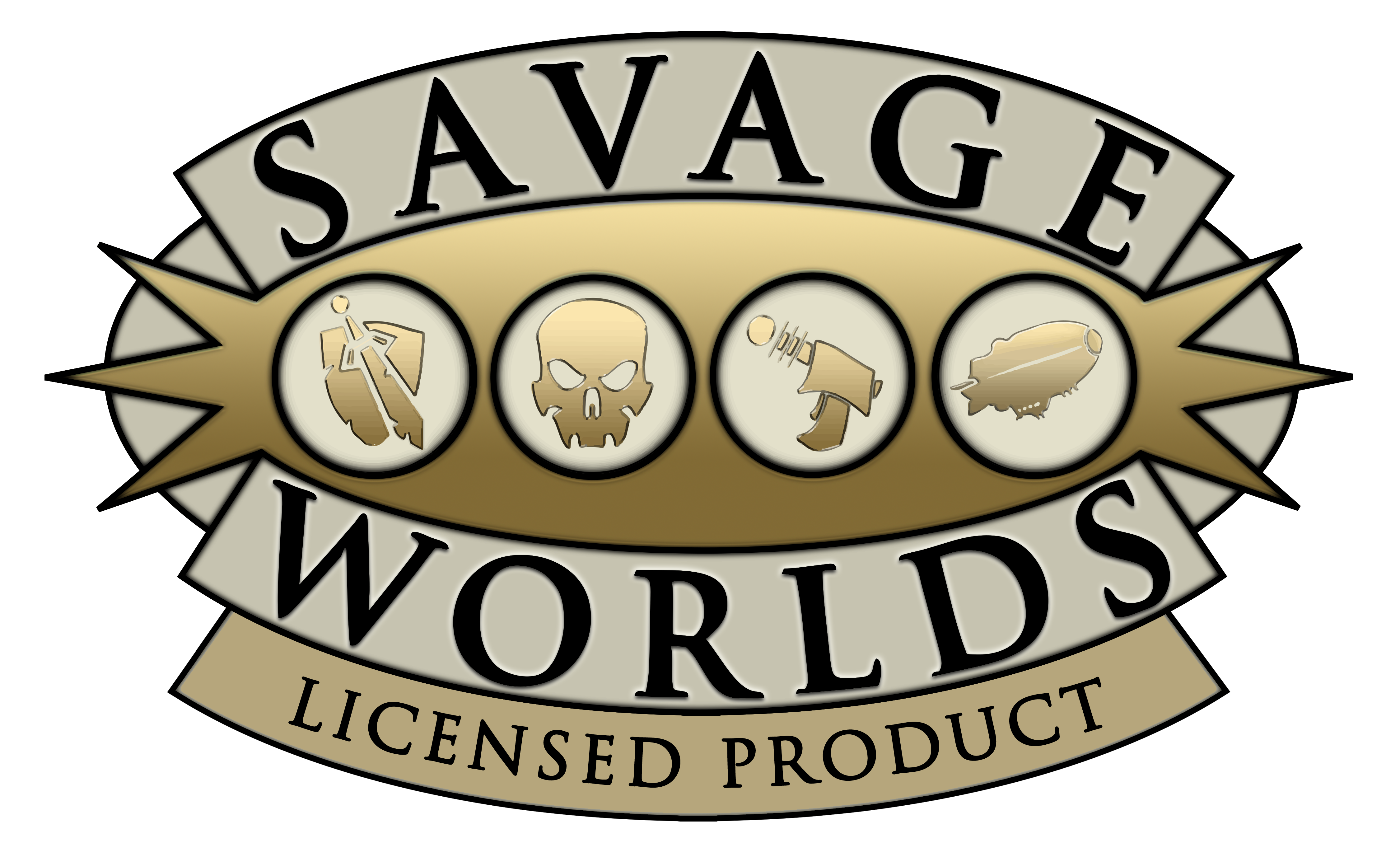Heartless – Page 14
There are lots of ways to approach an investigation plot, some of my favs being:
- The Three Clue Rule, made famous by the Alexandrian
- GUMSHOE‘s ‘they always get a clue when they use a skill, but it’s up to them to piece the bits of information together’
- And City of Mist’s Iceberg model, which, when combined with its Investigate move, creates a situation in which the method by which a clue is gathered is irrelevant to the design of the mystery; the only thing that matters is what clues are available at each location, and these should always point you at a location which is deeper in the Iceberg, closer to the lowest level (the truth of the matter). You can check out the free quick-start rules, they have two examples cases. Full disclosure, I’m the game’s editor.
In general, I see all of these as trying to serve the same purpose: Making sure that the characters, and therefore the players, are never stuck in their investigation. Because investigation games are not, in fact, about finding clues, but about understanding and then following them. There already is a full episode about it over at my RPG podcast, On the Shoulders of Dwarves.
So here, for example, Nadav came up with the ‘copper residue’ only after Rotem asked to examine the body closely with supernatural senses. He didn’t plant that clue beforehand, for them to find, because, like me, he prefers to improvise on the spot based on the behind-the-stage design. His design says ‘there’s stuff going on in the foundry yards’, so he drops various clues, depending on the players’ activities, that lead there.
It’s not the only place he’s hinting at, and it’s not as if they must explore it to continue the investigation; by having several relevant locations, Nadav is able to allow the players to choose how to evolve the story, by choosing which leads to follow (and even, how to find them). The most important thing for Nadav, here, is to know what happened, so he’ll be able to point at the important locations and hint at the relevant people.
Mac’s free files vs. Raf’s costly fingerprint kit
On the surface, both aids seem to be equivalent: a physical object, probably brought from the citadel, which is relevant to the investigation. So why did Mac get to have the files ‘automatically’ for his Research roll, on the previous page, while Lily needs to pay a Benny for Raffaela to have a fingerprint kit?
First, you could say that because the forensics sciences are still in their infancy, it’s less likely one would just have a kit with them, unlike the files, which were naturally provided to the group once they started investigating. But that’s just a justification, and justification should be subject to gaming considerations, and not the other way around; for example, Nadav could just have easily said that Rhyr police is modern enough and can handle fingerprint matching themselves, so in fact the details already exist in the files, after Rhyr CSI finished their job before the group arrived. That is also a valid justification since it doesn’t contradict anything said before and it makes a lot of sense. Fictional facts aren’t true, and should be determined in ways that serve us.
So, the gaming reason is based on the difference between propelling and enhancing.
‘Propel the Game Ever Forward’ is an important mantra of mine, as you might have already noticed, and in this case, it means that everyone should want to continue the investigation and not get stuck, players and GM included. We should note first that there are many tools embedded in the game that can be used to push forward or hold back – one of them is demanding a Benny as a payment, a GM tool that makes the player stop for a moment to consider their actions, because now there’s a tangible price attached to them (much like when the GM describes some possible negative consequences for an action the player plans on doing). Now, the answer might be ‘you know what, forget it’, while before, this was not even a possibility. Such a tool can be used to gently dissuade players from going down paths which might be destructive to the game, but should not be used when it’s important for the players to continue down the path they’re already on.
Making a Research roll to gain information from the documents is an excellent way to propel, and Nadav wants the players to have a lead or two in their hands, ASAP. The files don’t grant Mac any bonuses on the roll, they simply enable it, thus rewarding Guy for choosing Research (which is a valuable skill in Crystal Heart) and not, for example, Healing or Notice, two skills that are obviously useful in this situation, but also, in many other situations. Research is, almost by definition, an investigative skill; it would be crazy to stop Guy from rolling this, and note that even saying ‘sure, you can do so when you’re back in the citadel’ is a holding-back phrase, because it adds several decision points in which Guy can say ‘you know what, forget it’ (or, simply forget he even planned on doing it), where if you just give him some papers in his hands than this isn’t even an option.
Why did Nadav demand a Benny for the fingerprint kit, then? Because by this point the Agents already gathered a few clues and had a solid lead. If they want more information, additional data, further leads, well, now they’ll have to work for it, and pay with in-game time or resources (or off-play ones, such as a Benny). An investigation is about understanding and following – so the challenges should be placed around gaining additional information beyond the most basic of leads, and when trying to follow a lead. More on that, next week.
Meet us at MCM London Comic Con!
In two weeks (25-27 October) we’ll be at MCM London’s Comic Con‘s Comic Village table CV81 with our comics and merch, as well as a preview copy of the Crystal Heart book for you to peruse.
Do not be afraid to approach us! In fact, you should be afraid not to approach us!






